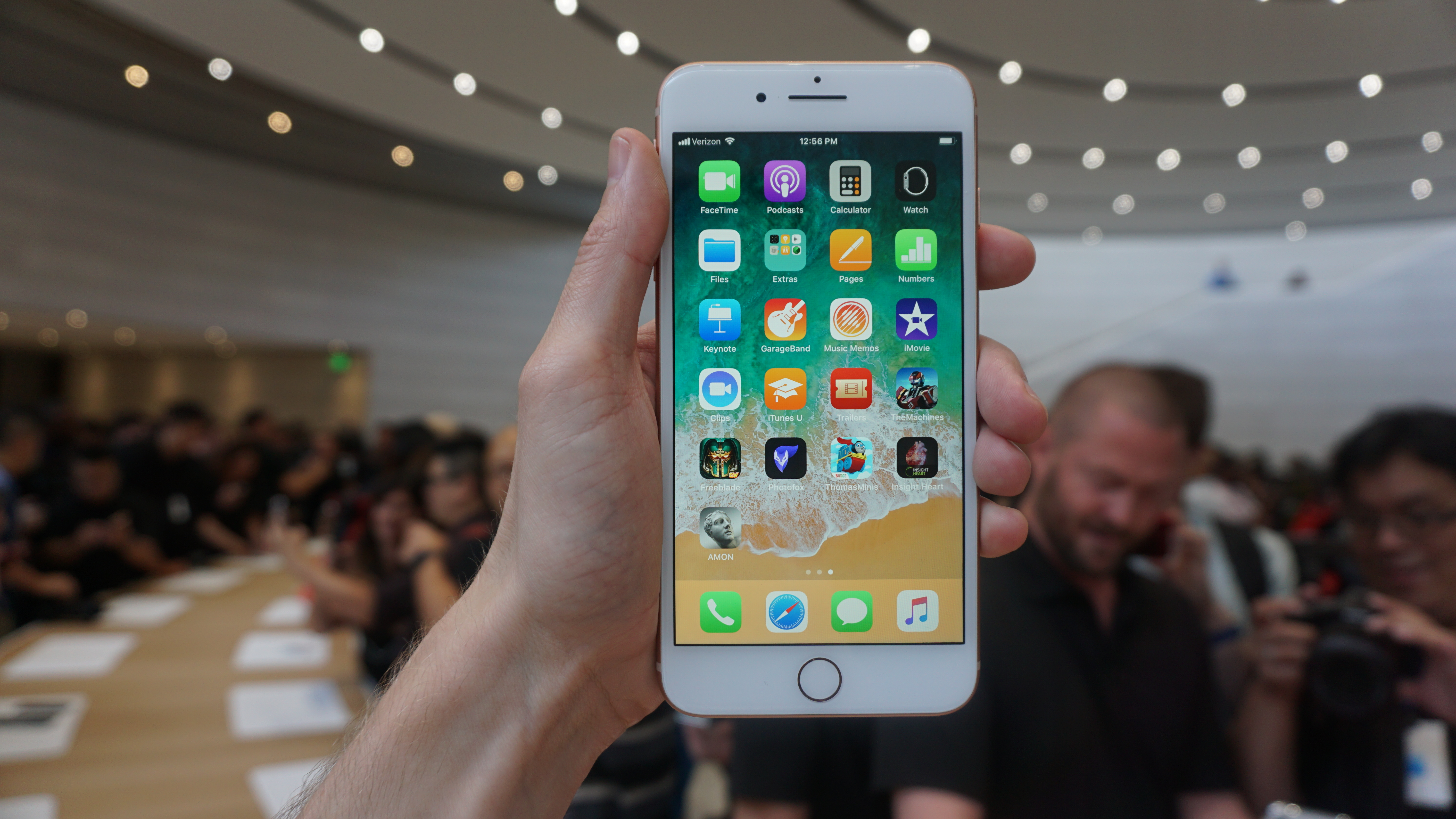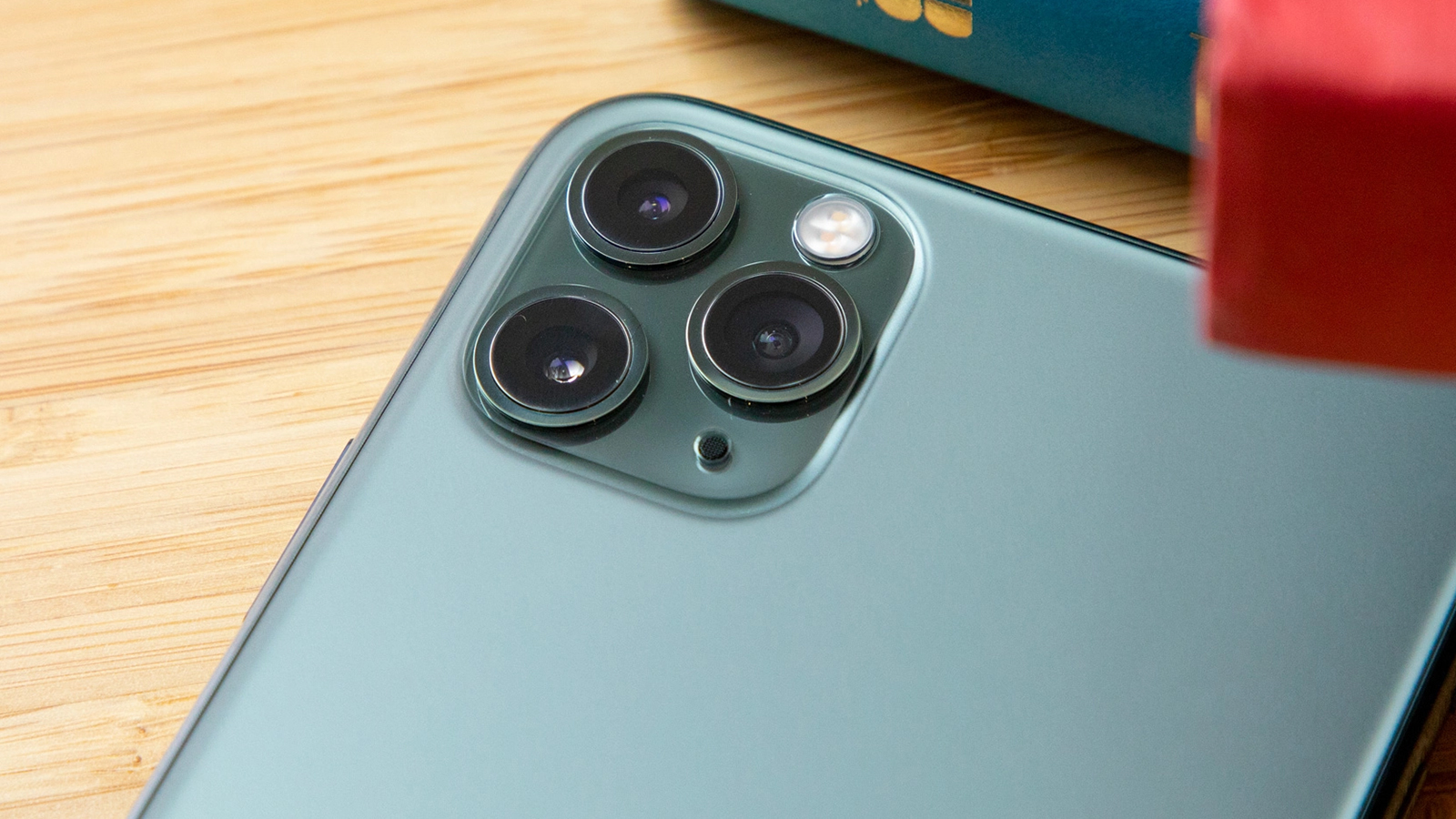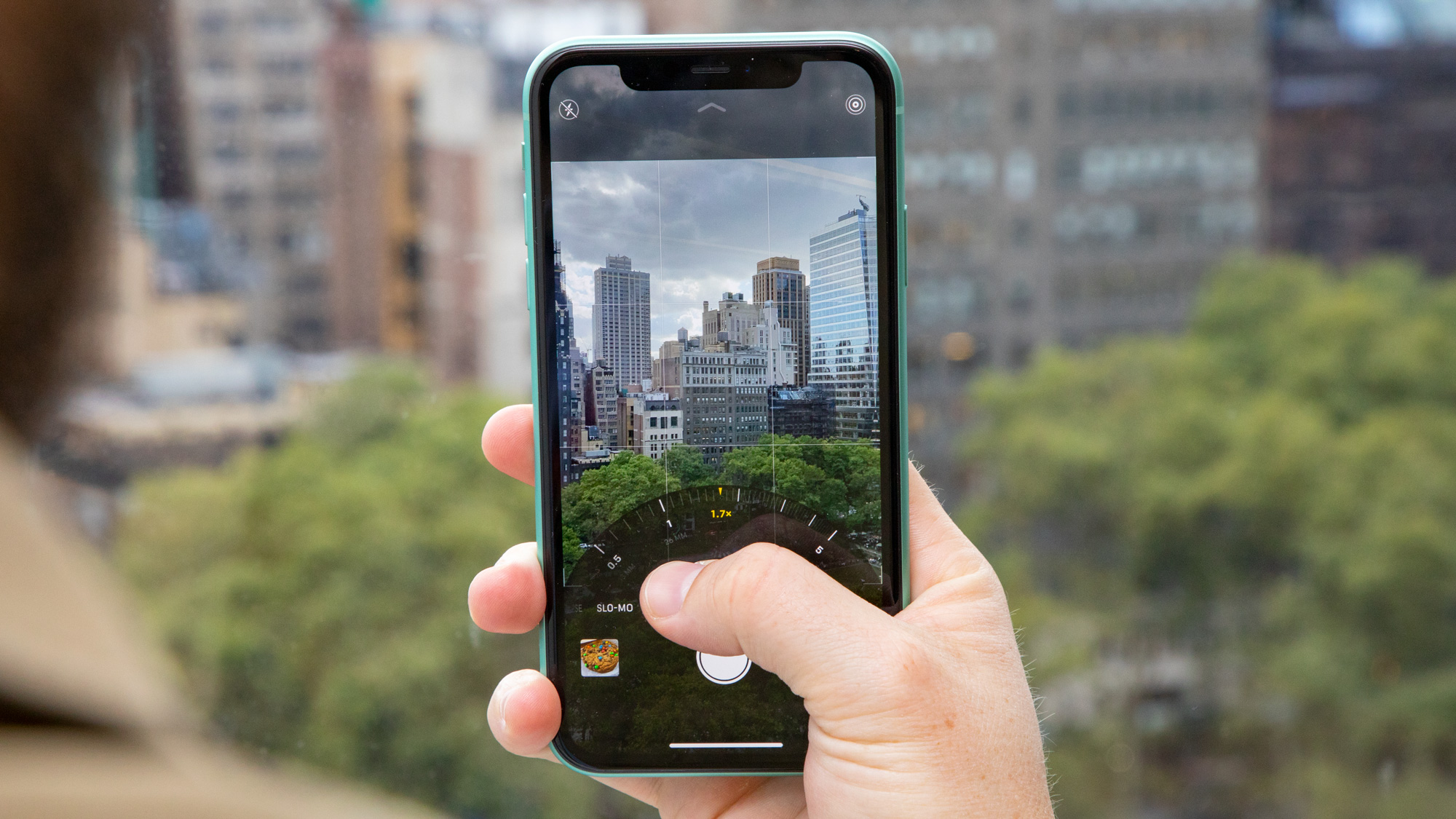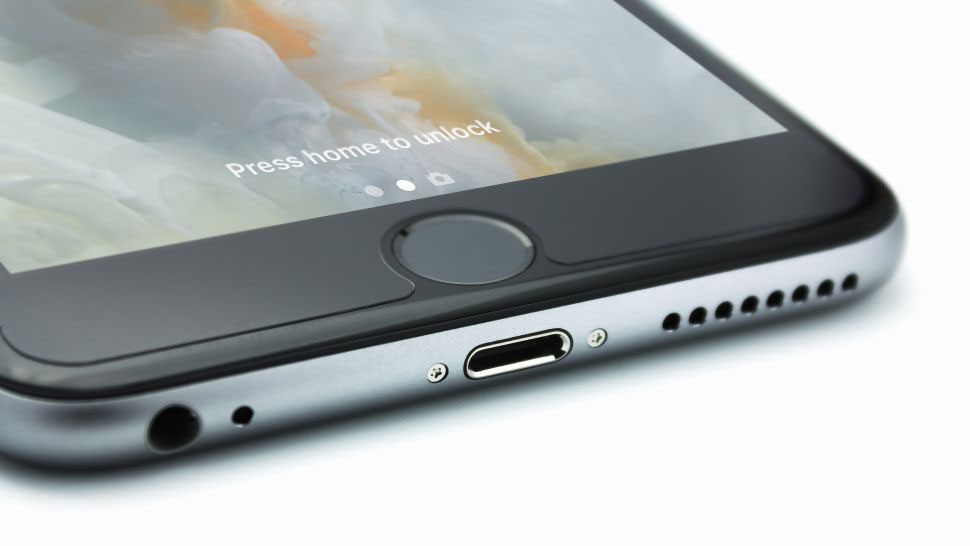iPhone SE Plus: here's everything we know so far
All we've heard about a powerful mid-range Plus-size iPhone

Is Apple working on an iPhone SE Plus? We've been hearing rumors about it since before the iPhone SE (2020) landed, but now that the iPhone SE (2022) has come and gone without a plus-sized relative, we're not so sure.
This was expected to be a larger version of Apple's mid-range iPhone SE family, designed for people who liked the low prices of the SE but wanted a phone with a bigger screen.
Admittedly rumors of this handset have slowed down over the years - maybe Apple gave up on the project, or thought it'd distract people from its flagship phones.
The iPhone SE Plus is, as the name suggests, an anticipated larger version of the rather small iPhone SE. It'd presumably have similar specs, but a screen that's a little larger than the 4.7-inch display used on the 2020 model of the iPhone SE.
So could the iPhone SE Plus still be coming? Well, never say never, though it's looking increasingly unlikely.
We haven't heard too much about this larger model of the mid-range handset – including why it's being released later than its smaller sibling. But we've gathered what we've heard below, along with a section about what we want to see.
The Apple March Event on March 8 didn't bring the iPhone SE Plus, but we did see the iPhone SE (2022), which isn't bigger so doesn't quite get that Plus tag, but is an improvement in a few ways.
Cut to the chase
- What is it? A larger version of the iPhone SE (2020)
- When is it out? Possibly sometime in 2022
- How much will it cost? More than $399 / £419 / AU$749
IPhone SE Plus price and release date
We don't know when the iPhone SE Plus will come out, though rumors have suggested that the iPhone SE Plus is at least in the works.
Sign up for breaking news, reviews, opinion, top tech deals, and more.
Noted analyst Ming-Chi Kuo estimated we might not see the iPhone SE Plus until the second half of 2021, but that's now been and gone. Indeed, the latest leak points to a launch in 2022.
Similarly, we haven't heard any official word on how much the iPhone SE Plus price.
Given the SE 2020 has a starting price tag of $399 / £419 / AU$749, which was lower than the latest official price of the iPhone 8 before it was discontinued, it wouldn't be too out of line to guess the SE Plus will be cheaper than the iPhone 8 Plus' last official price of $549 (£579, AU$949).
iPhone SE Plus rumors and leaks
The only real specs leak about the iPhone SE Plus so far suggests that it could have a 4.7-inch LCD display and 5G. Though we'd take that with a pinch of salt, as previously Apple has used 'Plus' to denote a larger display.
Beyond that, there are things we can intuit from the release of its possibly smaller sibling. The iPhone SE 2020 inherited its hardware (aside from chipset and RAM) from the iPhone 8, including its 4.7-inch LCD display at SD (1334x750) resolution.
By that notion, the iPhone SE Plus will likely have similar specs to the iPhone 8 Plus – getting a 5.5-inch FHD (1920x1080p) display that, while still LCD, is sharper than its smaller sibling.
Likewise, it will probably also inherit the iPhone 8 Plus' dual rear cameras: a 12MP wide and 12MP telephoto with 2x optical zoom. It can manage 4K video at 60fps, or 1080p HD at 30fps through the 7MP front-facing camera.
Having said that, the iPhone 8 Plus is a lot older now than it was when the iPhone SE (2020) came out, so we may well see more upgrades.
iPhone SE Plus: what we want to see

1. Multiple rear cameras
The big differentiator between the iPhone 8 and 8 Plus was the extra rear camera on the back of the latter, which produced stereoscopic images that could be combined to create a depth effect – thus enabling the first Portrait Mode photos. While the iPhone SE 2020 can pull off depth using software algorithms, doing so digitally produces more visual flaws than using two (or more) lenses to achieve it.

2. Better lenses and sensors
And hey, don’t stop at the iPhone 8’s two rear cameras – why not give us the better lenses and sensors on the iPhone 11 line to shoot better night photos? While the iPhone SE 2020 has the leading A13 Bionic chipset, its older camera tech keeps it from managing the same fantastic Night Mode photos taken on the new flagships.

3. Less bezel
Yes, yes, Apple seems to have kept costs down on theiPhone SE 2020 by recycling the hardware, display, and shell from the iPhone 8, but this has resulted in keeping the same thick chin, top, and bezel as the older models – which are extensive by today’s standards. Given most phones released today have very high screen-to-body ratios by stretching the display nearly completely around the front of the handset, it’s pretty rough to see the iPhone SE 2020 fail to live up to the times.

4. Bigger battery
The iPhone 8 Plus’s 2,691mAh battery was certainly larger than the iPhone 8’s 1,821mAh capacity, but we’re still not expecting any more than the three-year-old model in the new iPhone SE 2020 Plus. Given how many compromises the iPhone SE 2020 line has made to shave down costs (i.e. inheriting virtually the same iPhone 8 design), we’d love to see some practical benefits – like more battery for your buck. We’ll settle for a faster 18W charger in the box, though.

5. 3.5mm jack
Okay, this one’s a pipe dream, but we’d love to get our 3.5mm jack back. One of the hardest things to lose from the iPhone 6S was the headphone port, especially since the iPhone 7 and iPhone 8 kept the same physical dimensions, so it would be a great gesture to get this feature – which is present on many other mid-range phones.
- Get extra security and IP spoofing with these iPhone VPN apps

Tom Bedford joined TechRadar in early 2019 as a staff writer, and left the team as deputy phones editor in late 2022 to work for entertainment site (and TR sister-site) What To Watch. He continues to contribute on a freelance basis for several sections including phones, audio and fitness.